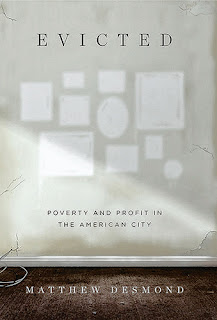The Children of Men, by P.D. JamesRead about the other entries on the list.
The apocalypse James imagines is a slow strangulation of the human race through the simplest manner possible: sterility. While the ultimate cause for the human race’s inability to reproduce isn’t explored in detail, the fact is, fertility rates have been dropping in the real world for some time, so this is one slow, whimpering world’s end that is entirely plausible—as is the horrific societal breakdown surrounding it.
Plausibility rating: Growing likelier by the day.
The Children of Men is on Justin Cronin's list of ten top world-ending novels, Anita Singh's list of five P.D. James novels you should read, Torie Bosch's top twelve list of great pandemic novels, Joel Cunningham's list of eleven scary fictional diseases, John Mullan's list of the ten most notable New Years in literature, Amanda Yesilbas and Charlie Jane Anders's list of the twelve most unfaithful movie versions of science fiction and fantasy books, Ben H. Winters' list of three books to read before the end of the world, and John Sutherland's list of the five best books about the end of England.
--Marshal Zeringue
















































